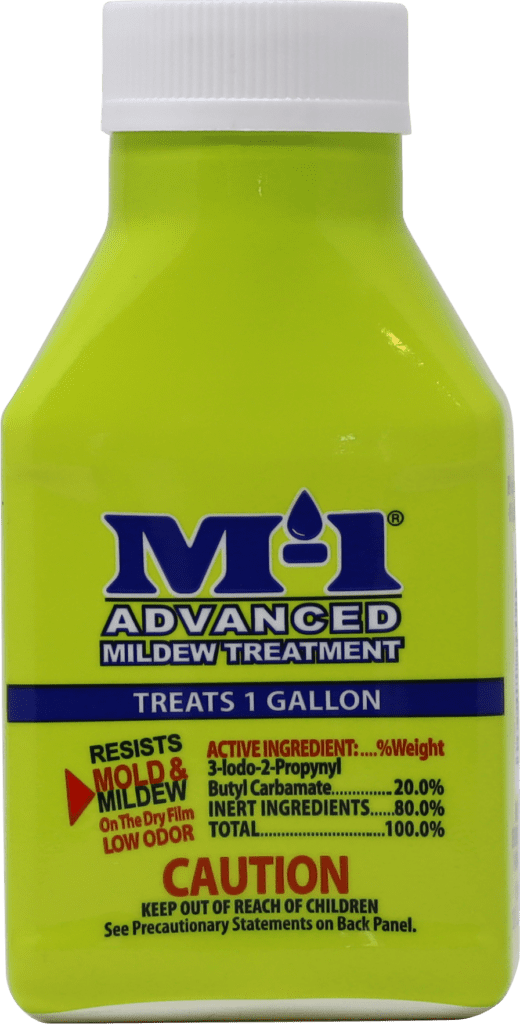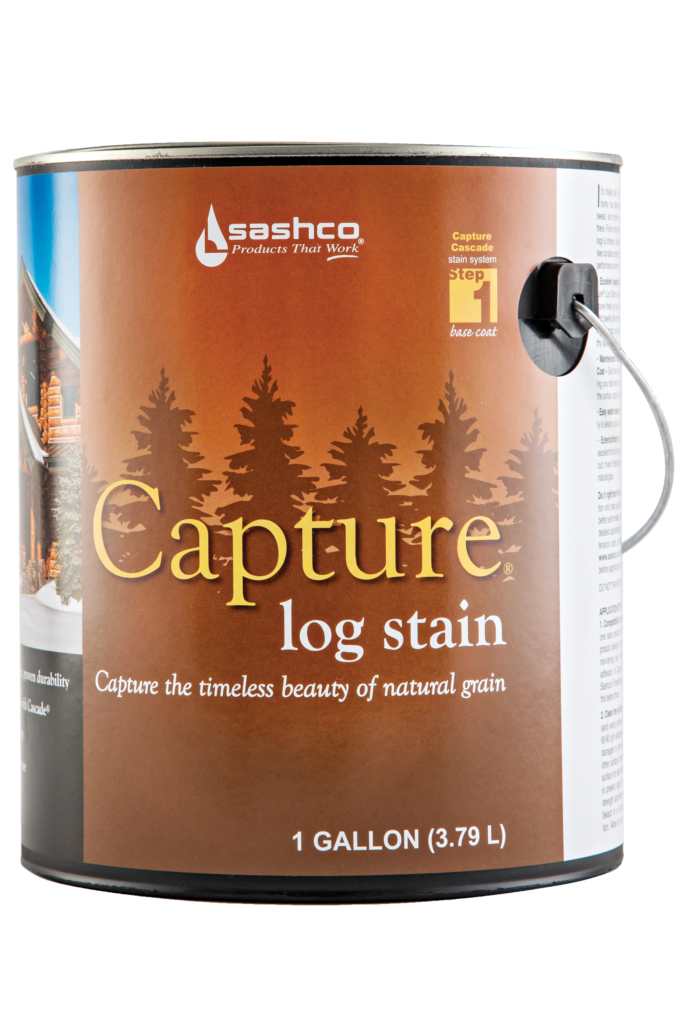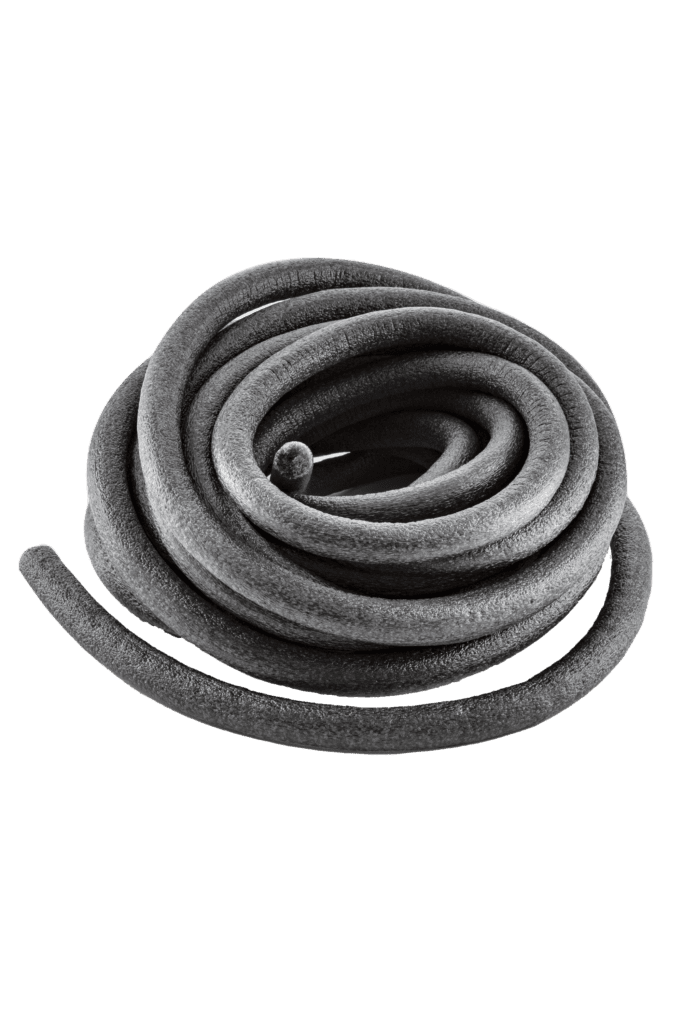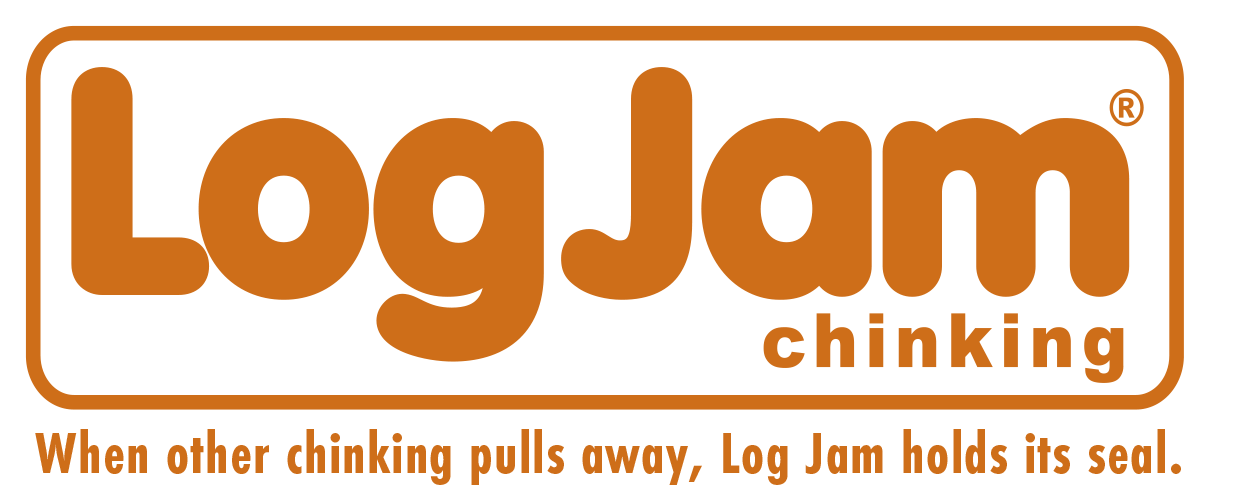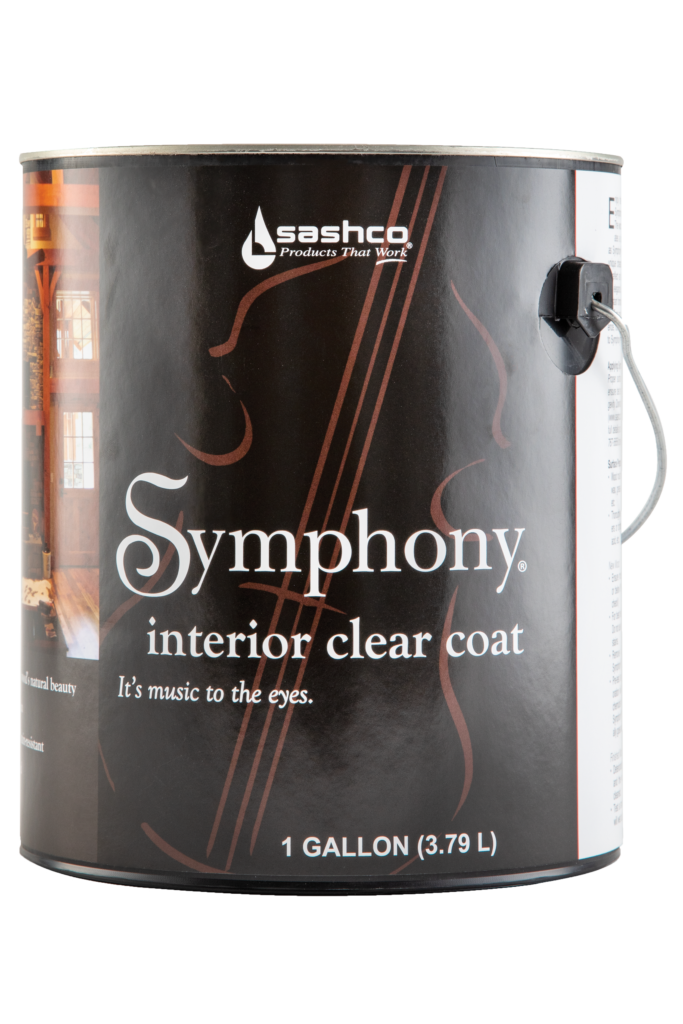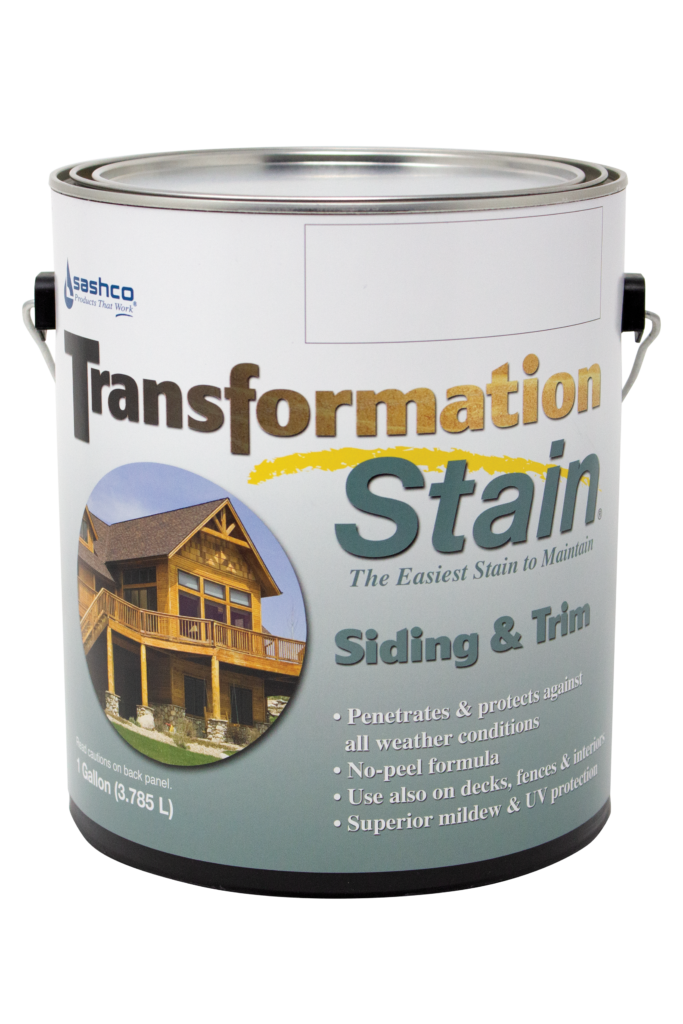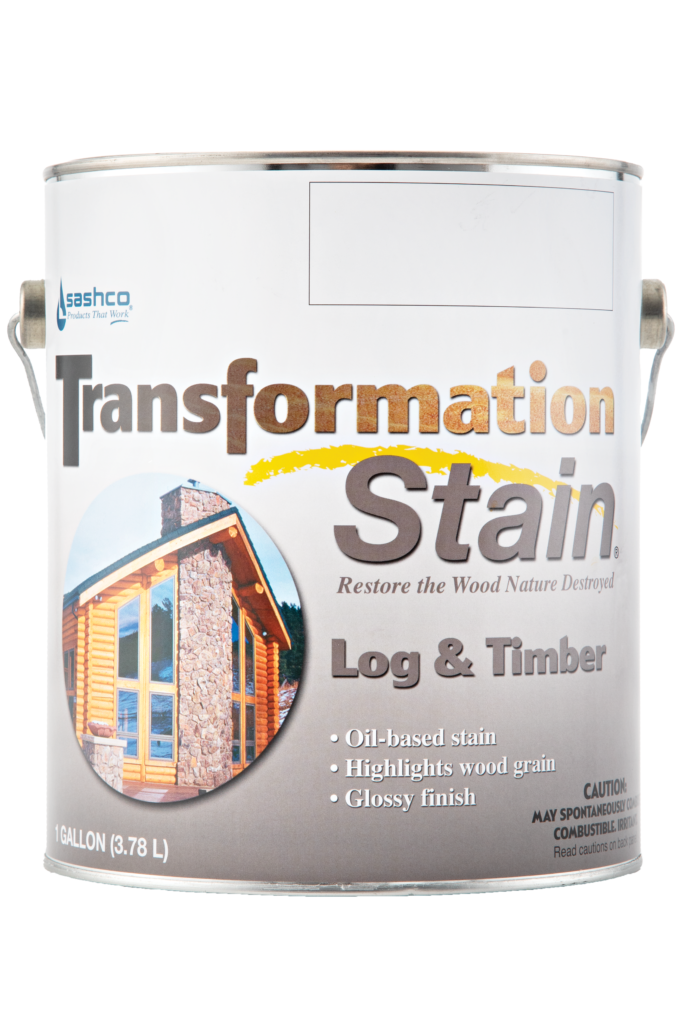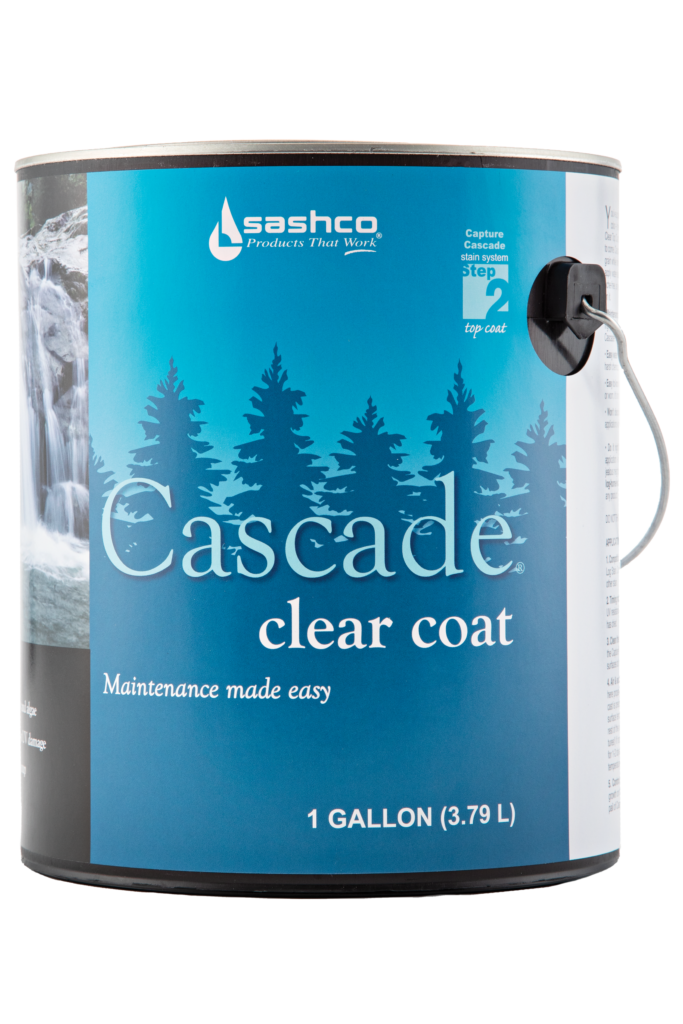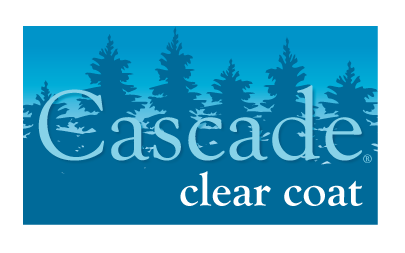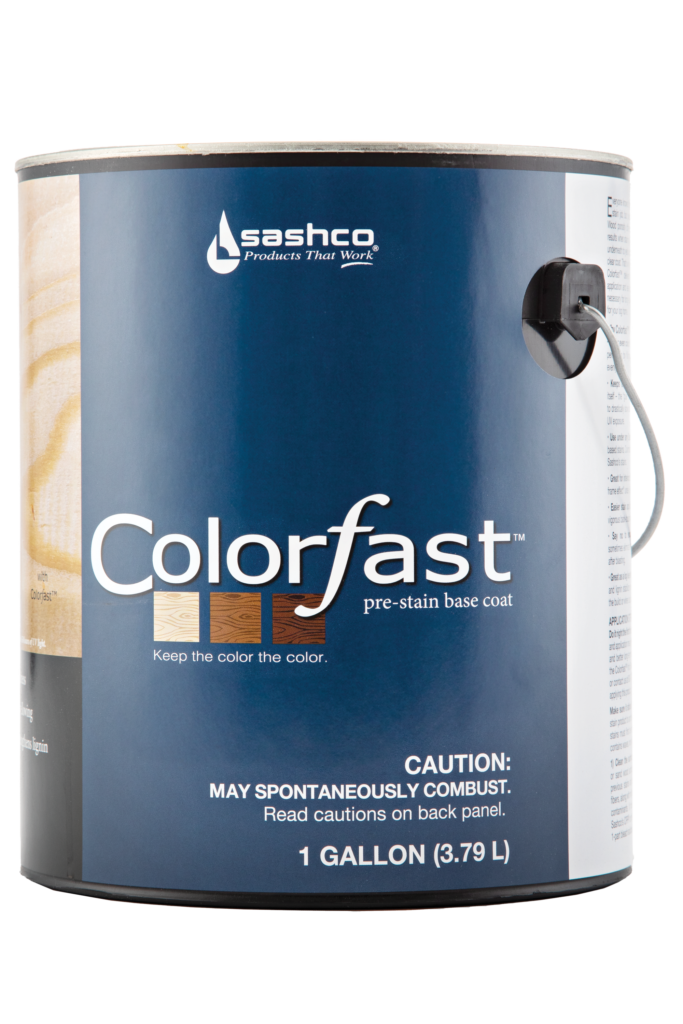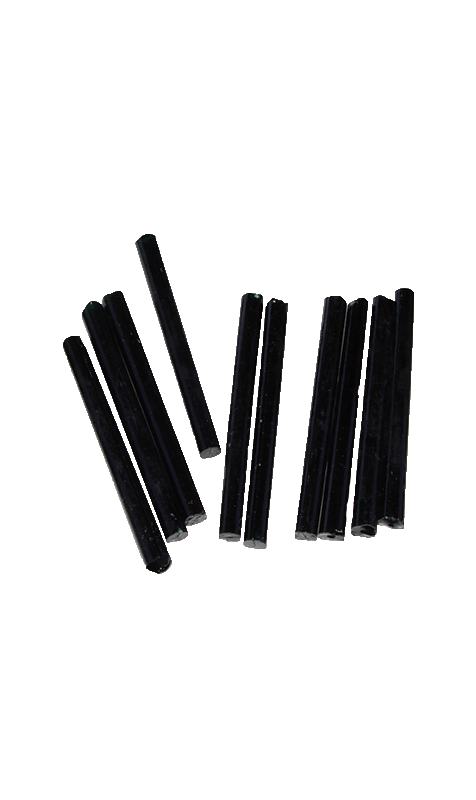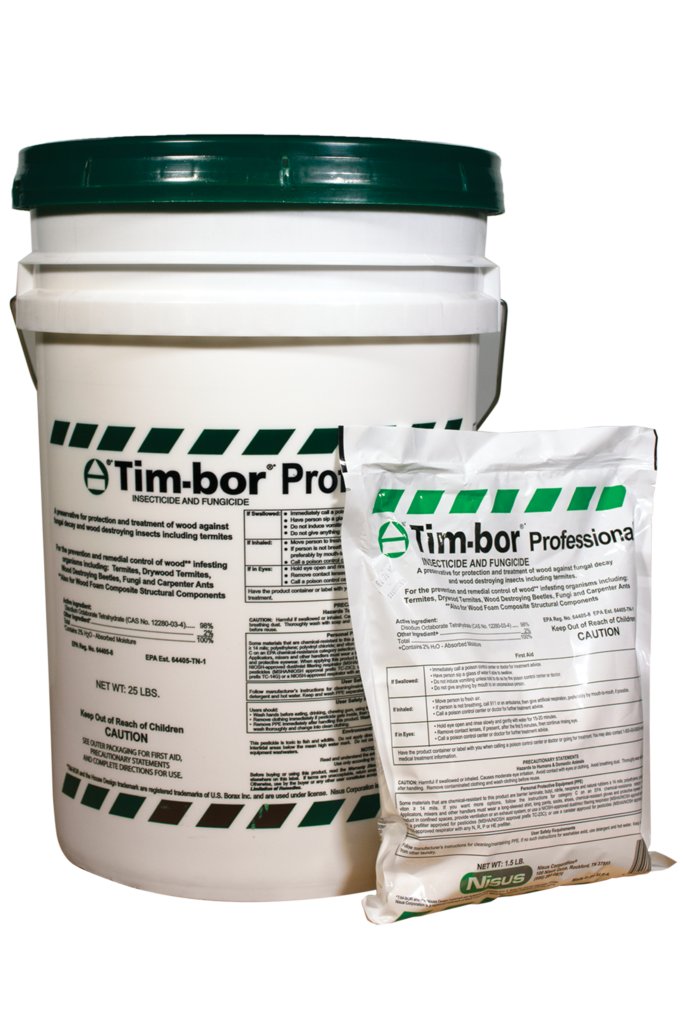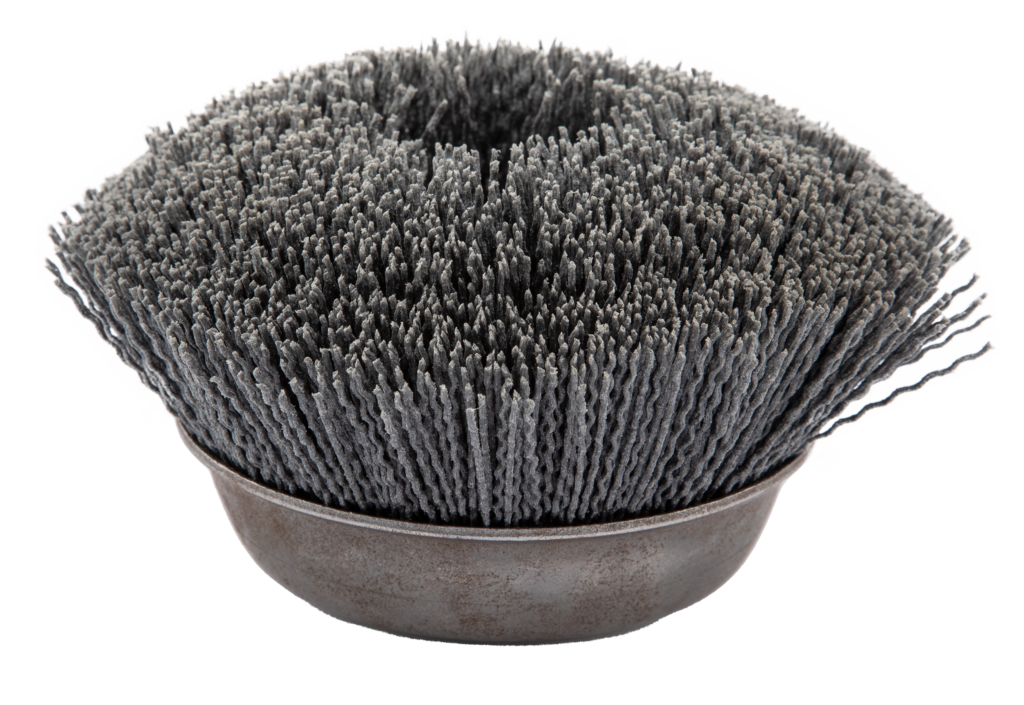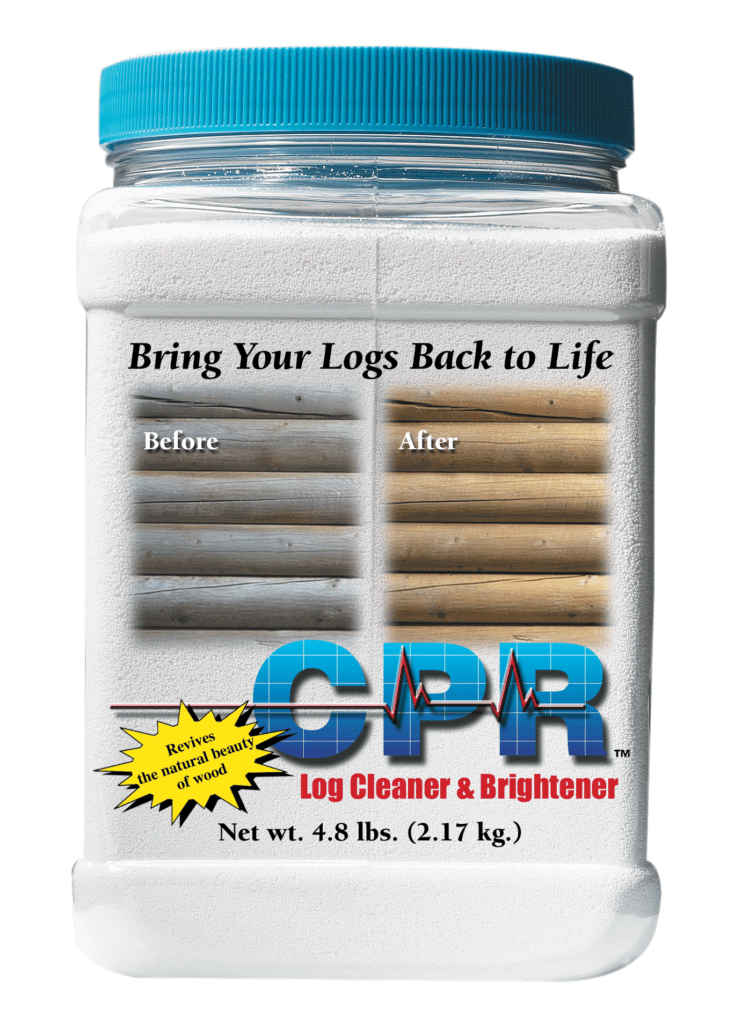
How to Choose The Best & Longest Lasting Tub Caulk.
Whether it’s for a new bathroom install or a repair job, the nightmares that come with bathtub caulk jobs are all too familiar. It’s difficult enough to get a perfectly smoothed bead that doesn’t look messy or thoughtless, but even after application, caulk often provides more problems that contractors have to face: it cracks or zippers apart after curing, lets in moisture, and often does little to stop the growth of mold and mildew that can cause all kinds of other long-term disasters.
In this article, we’re going to address some of the biggest problems faced when caulking a bathtub and find some key factors to look for when you go back to the drawing board (again) to find a caulk that really works for bathroom needs. Our goal? To demonstrate the most important features of a good product.
Common caulking failures around the bathtub
Cracked or broken caulk
Changes in weight and pressure in the tub cause caulk to crack. This breaks the watertight seal and allows moisture to accumulate out of sight. Unless it’s caught early, cracking is bad news: it means that any amount of moisture could be sitting behind the caulk and tile and causing potential damage to the drywall and stud wall.
When caulk cracks or breaks, it not only poses potential water damage issues; it takes away from the aesthetics of the tub. Customers won’t be happy with how a tub looks with caulk that breaks and can’t hold up fixtures within the bathroom.
Mold and mildew growth
Water that builds up under cracked caulk isn’t the only danger: mold and mildew also grow on the caulk itself as moisture and natural oils collect around the tub. This requires constant maintenance on the part of the homeowner, and it’s also dangerous, as mildew and mold thrive in humid environments like bathrooms and are harmful to breathe over any period of time.
Features of a high-performance bathtub caulk
The stakes are high when it comes to finding a high-performance bathtub caulk: you want something for the job that creates a tight, flexible seal while applying smoothly and easily so that those dreaded finger marks don’t take away from the finished aesthetic. Here are the most important features of excellent bathtub caulk:
Adhesion
Bathtubs and showers are made up of all different types of material: glass, tile, grout, plastic, drywall, metal, you name it. A go-to bathtub caulk has to adhere to multiple surfaces at once. If it doesn’t, you have a nightmare repair job ahead of you.
Elasticity
Caulk around the bathtub has to maintain elasticity for years after application. People of varying weights and sizes will constantly climb in and out, putting pressure on different areas of the tub. While you can’t see it with the naked eye, the tub fluctuates under this weight. If you’re installing a tub in new construction, you know that the house and its structure will shift and settle over time. Good caulk needs to hold its seal while stretching and shrinking to accommodate these changes.
Mold & Mildew Prevention
Mold and mildew LOVE bathtubs. The accumulation of body oils and organic materials from shampoo, conditioner, and lotions gather on all tub surfaces (because let’s face it–no one cleans their bathtub as often as they should). These natural oils are the perfect snack for mold spores and mildew. Combined with high humidity and water droplets, the bathtub becomes mold heaven.
Mold and mildew prevention requires more than a “mold-free” caulk. An effective caulk contains material that will actually repel and discourage mold growth by dissolving those oils or providing a surface where the contaminants can’t grow.
Cure Time
Cure time is important. A homeowner is more than ready to use the bathtub they’ve just had installed, and there’s nothing worse than being told to wait for days or weeks while caulk cures properly. A shorter cure time is much more amenable to homeowners and to the purpose of a bathtub, which is to actually use it. Be sure to use a caulk that allows water use within 24 hours of application.
Acrylic-Latex vs. Silicone Caulk
Silicone caulk is used often in areas that experience a lot of water. The silicone provides a strong, tight seal against moisture, and it seals quickly, typically within 24 hours of application. Moisture actually encourages silicone to cure faster, guaranteeing a bathtub that homeowners can use soon after the job is complete.
Where silicone falls short is in the application and re-application process. If you’ve worked with silicone, you’ll know that re-caulking with the material can be a real pain. Silicone doesn’t stick to itself making it difficult to repair. After cutting away the caulk with a knife, re-caulking with silicone or any other caulk requires chemical agents to strip all remaining residue off of the surface before re-application.
Arylic-latex (water-based) caulk has some distinct advantages. DIY-ers like it for its ease of use, but even for professionals, this caulk’s superior adhesion to surfaces ensures a water-tight seal that can withstand shifting weight from tub use. The advantage is acrylic-latex needs nothing more for clean up than warm water and a rag, which cuts down on the job time and the use of harmful chemicals. However, not all acrylic-latex caulks are made the same. They can have a wide range of adhesion and elastic capabilities. Selecting a top performer requires a balance of properties. Avoid those that dry too hard or give only flexibility (like a piece of paper bending) but no elasticity (like a rubber band stretching).
Finding the Best Bathtub Caulk That Lasts
CleanSeal Technology
We’ve engineered an acrylic caulk that meets every need for bathroom application. Its premier feature is an active bio-enzyme technology that breaks down and digests the oil from soap, conditioner, and body oil that feeds and encourages mold and mildew growth. This isn’t just a mold-free caulk; instead, it actively fights against the conditions that make mold and mildew oh-so-happy.
CleanSeal combines the superior adhesion properties of acrylic-latex caulk with durable elasticity, a crucial component to a successful caulk job. We’ve made sure that our product withstands the natural expansion and shrinkage that occurs in the bathroom due to changes in weight and temperature, as well as long-term settling of the building over time. This ensures its performance goes beyond a typical caulk to a full construction sealant. CleanSeal cures quickly within 24-48 hours so that homeowners won’t have to wait to use their tub.
Keeping moisture in line: the best bathtub caulk
Ensuring a water-tight seal is top priority when selecting a quality caulk for the job. You can count on CleanSeal to get the job done quickly, easily, and (most importantly) permanently.
We’re excited to share this product because we believe that it works and that it will change the game for contractors who need premium caulk for their dedicated customers. Find out where to buy it nearby or contact us to learn more. We love receiving feedback, concerns, and questions so that we can provide you with the best caulk product—for the bathtub and beyond.
